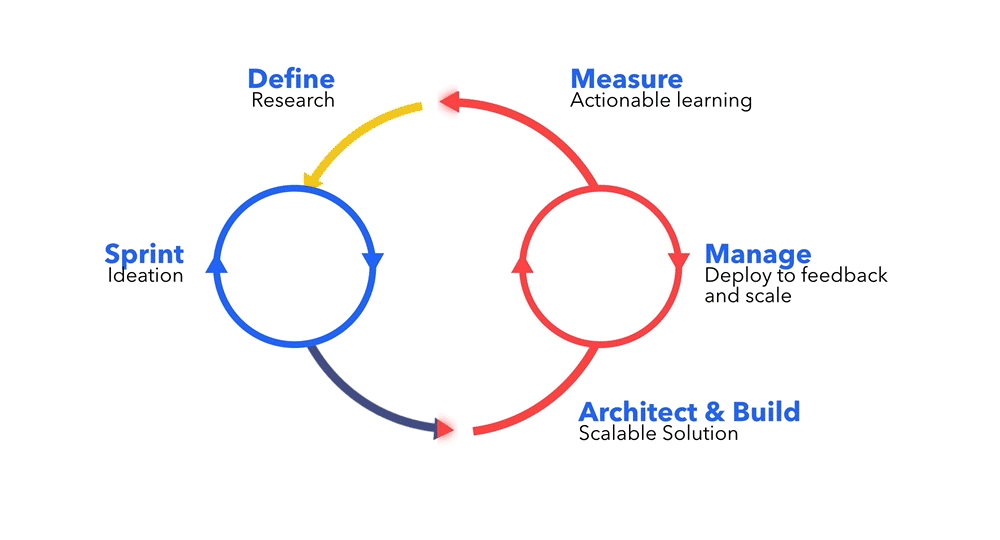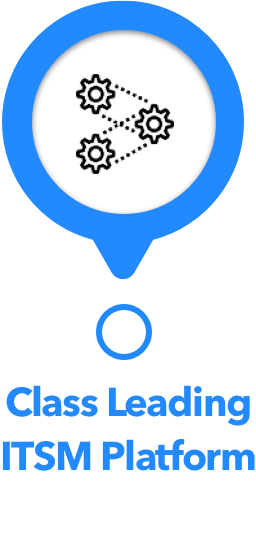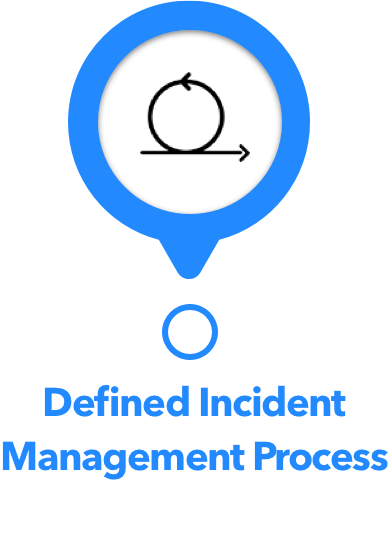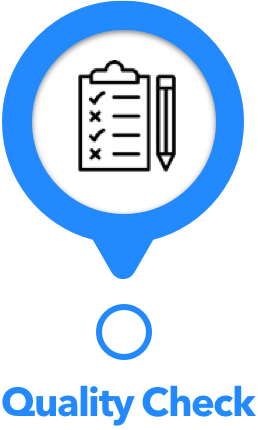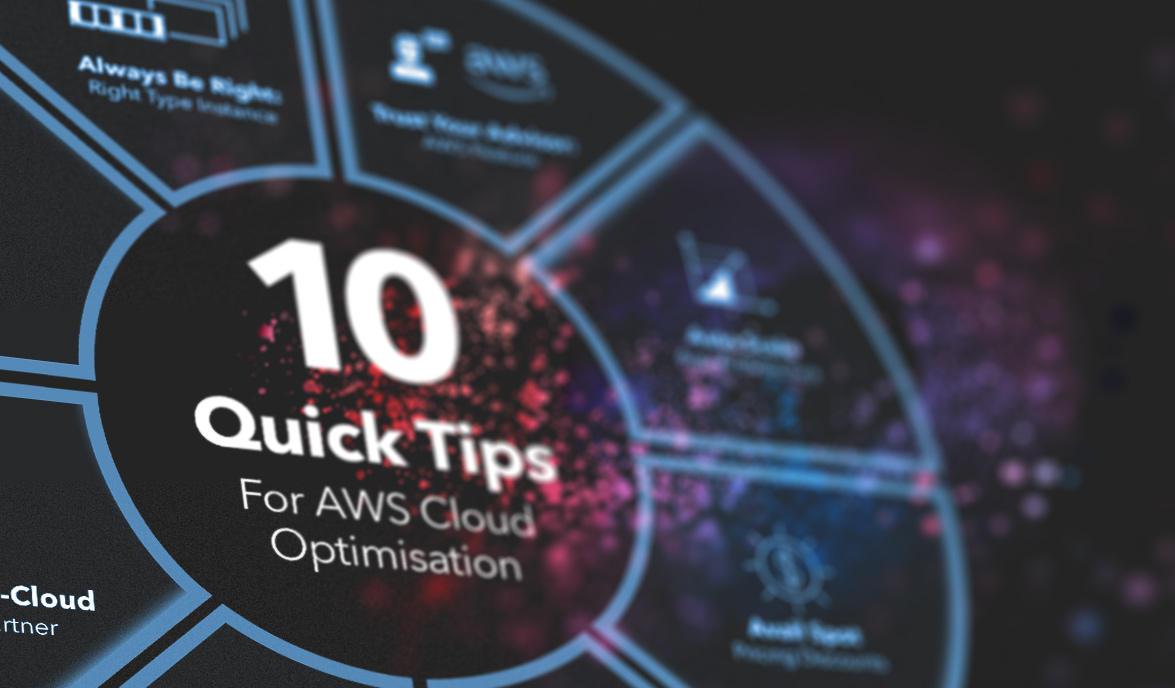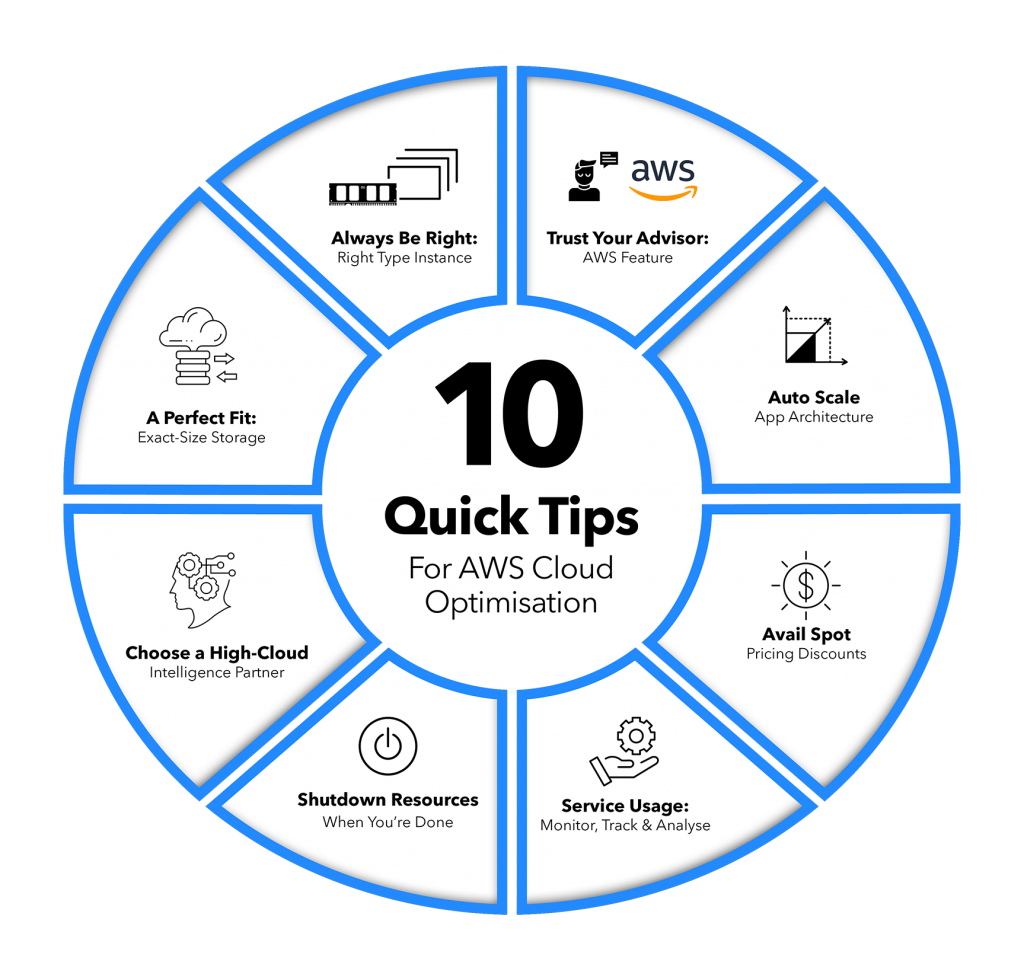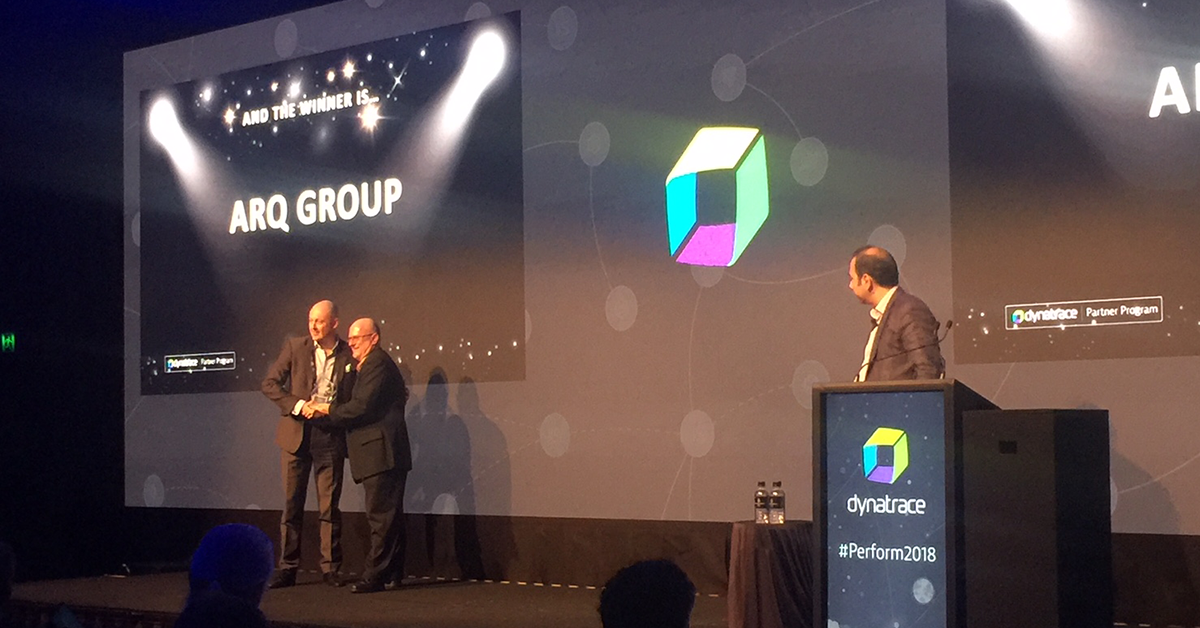6 FinOps Trends and Predictions for 2023

Ghassan Zalaf
NCS NEXT FinOps Lead
6 FinOps Trends and Predictions for 2023
The words ‘cloud cost optimisation’ may be enough to make any CFO and CIO’s heart skip a beat in a world where every organisation is using cloud, or in most cases, multiple clouds. Cloud promises to be more agile, accelerate scalability, improve productivity and achieve business goals, however, in reality it also presents many challenges, one of the most prominent of which is financial management and governance. To avoid experiencing bill shock and maximise your investment in cloud, it’s important to understand new trends in cloud consumption.
This blog presents our top 6 trends and predictions for FinOps in 2023 and explains why this framework is a must-have for enterprises that want to avoid unnecessary cloud sprawl.
1. FinOps to top cloud initiatives list again, for the 7th year running
The cloud has become a vital tool in many industries as companies continue to pursue digital transformation in an effort to improve reliability, modernise environments and support new work models.
Short for financial operations, FinOps is an operating framework designed to accelerate business value and drive financial accountability by increasing organisation’s ability to understand cloud costs and make smarter, result-based decisions. Far from being a buzzword, the fundamental premise behind FinOps is to help enterprises make the most optimal investment decision by bringing technology, finance and business together and embrace more economically efficient cloud models.
As economic uncertainty continues to build and organisational cloud wastage exceeds 30%, cloud cost optimisation will present a quick win scenario to organisations who are looking to reduce costs, fund other critical initiatives such as security, and increase profitability.

2. Increased outsourcing of FinOps
Although FinOps is now practiced in every major industry and continues to proliferate across the world, there are still some challenges to overcome in the collective journey. One of them is scarcity of FinOps practitioners in most regions including Asia Pacific. According to the State of FinOps Report 2022, approximately 45% of FinOps practitioners reported earnings above $140,000. While this suggests that FinOps is a well-paid field, there are still challenges that organisations must deal with. For example, training someone internally incurs a cost and smaller organisations may find it difficult to justify hiring a dedicated FinOps practitioner. On the other hand, the role may only require several hours per week, so the business may not require a full-time position.
Alternatively, larger organisations can also find it difficult to hire multiple sources who can handle the complexity of the business model. Therefore, outsourcing the practice not only accelerates your FinOps journey as service providers have prior expertise and experience, but can also introduce high-quality talent at a lesser cost of hiring someone on a full-time basis.
3. Optimisation moving earlier in migration projects
Cloud migration strategies entail planning of how organisations can move their applications and data to cloud. However, migrations are delayed more often than not due to resourcing limitations, architectural challenges or the inability of legacy applications to operate on cloud-based infrastructure.
Current industry-standard migration models and strategies include optimisation after workloads have been migrated, testing has been completed and production workloads are live. However, we recommend introducing governance and optimisation frameworks earlier in the process to help improve cost, performance and reduce waste, allowing your organisation to realise cost savings sooner.

4. Increased cloud cost accountability
Cloud wastage is becoming a critical issue for many organisations as cloud costs continue to rise. Organisations self-estimate as much as 32% of cloud consumption is wasted, with real wastage amounts likely to be higher. This can be attributed to a lack of accountability associated with cloud spend across different levels within an organisation, particularly in technical teams.
One of the main benefits of FinOps is that it helps create a common language by breaking down functional barriers between teams from executive level to middle management. In turn, we predict cost optimisation will become a more widely used KPI in performance bonuses as a consequence of increasing accountability and consciousness of cloud spend.
5. Technical upskilling of FinOps practitioners
Although one of the goals of FinOps is to bring together different teams within an organisation, one of the main challenges is to obtain FinOps buy-in from technical team members. For instance, understanding cost and utilization from a technical point of view helps organisations make sound decisions. This makes it difficult to identify modernisation and architectural change opportunities. Our prediction is that in 2023 there will be opportunities for FinOps practitioners to upskill technically to be able to better communicate with technical team members and provide more actionable and insightful recommendations to operational teams.

6. Sustainability linked to FinOps more widely
Organisations across industries are rapidly adopting the cloud to accelerate time to market, deliver new functionality and improve user experience. However, many are still concerned about the environmental impact of their use of the cloud. As new sustainability requirements are being introduced, cloud service providers are responding by increasing their carbon-neutral corporate goals to support these ‘green’ initiatives. The largest cloud service providers have committed to cut their carbon emissions through initiatives such as ‘re-100’ which aim to achieve 100% renewable energy by publicising their annual progress reports.
By utilising a FinOps framework, you’re able to reduce cloud by utilising industry best practices, increase cost avoidance and ultimately reducing your cloud footprint, which in turn reduces your carbon footprint. You could also reinvest savings from your FinOps activities towards other sustainable initiatives such as working towards a net zero emissions goal for your organisation.
Recap – Why FinOps?
FinOps entails six core principles that are designed to assist enterprises manage their cloud spend. These include:
- Team collaboration
- Everyone takes ownership of cloud usage
- A centralised team drives FinOps
- Accessible data and timely cost and usage reporting
- Business value of cloud drives decisions
- Taking advantage of the variance cost model of cloud
Does your organisation need FinOps?
Many organisations are not aware of the potential optimisation opportunity in their cloud environments. FinOps helps to identify these opportunities quickly, improve visibility into your cloud consumption and prevent unexpected increases in cost or usage using anomaly detection and increased visibility of consumption.
If you wish to know more about how your organisation can benefit from FinOps or would like to discuss further, feel free to contact our FinOps Lead, Ghassan Zalaf, at finops@arq.group
Share this on Facebook
Tweet this
Share this on Linkedin
More to explore

Digital Twins: Helping Your Home and Bamboo Reach Their Full Potential
May 3, 2023
No Comments
From smart homes to Smart Cities, discover the hidden potential of Digital Twin technology. Welcome to an exciting journey into the world

6 FinOps Trends and Predictions for 2023
February 20, 2023
No Comments
The words ‘cloud cost optimisation’ may be enough to make any CFO and CIO’s heart skip a beat in a world where

How we created our immersive metaverse experience
November 4, 2022
No Comments
How do you bring together a geographically distributed workforce across the world for a major corporate event? Metaverse – the latest buzzword









